Chess clubs offer numerous benefits to students, from enhancing critical thinking skills to fostering social connections. But how can schools effectively measure the impact of their chess programmes and ensure they are delivering real value? By tracking key metrics and gathering feedback, educators can evaluate the success of their chess clubs and make informed decisions for the future. Here’s how to measure the impact of your school’s chess club.
1. Track Student Participation
Participation rates are one of the easiest and most visible indicators of a chess club’s success. Regular attendance shows that students are engaged and enjoying the activity.
- What to Measure:
- The number of students attending each session.
- Growth in membership over time.
- Diversity of participants (e.g., age range, skill levels, or gender balance).
- Why It Matters: Consistently high participation indicates that the chess club is appealing to a wide range of students and meeting their needs.
2. Monitor Skill Development
One of the main goals of a chess club is to help students improve their chess skills. Tracking their progress provides valuable insight into the club’s effectiveness.
- What to Measure:
- Individual student ratings or rankings (if applicable).
- Performance in in-school or external tournaments.
- Mastery of key concepts such as openings, tactics, and endgames.
- How to Track: Create progress charts or have students maintain chess journals to record their growth.
3. Evaluate Academic Performance
Chess is known to enhance cognitive skills like problem-solving, memory, and focus, all of which can translate into better academic performance.
- What to Measure:
- Changes in student grades or test scores over time, particularly in subjects like maths and critical thinking.
- Feedback from teachers about improvements in focus, participation, or behaviour in class.
- Why It Matters: Positive academic outcomes can demonstrate how the chess club contributes to the overall educational mission of the school.
4. Assess Social and Emotional Development
Chess clubs also foster teamwork, patience, and resilience—skills that are valuable beyond the chessboard.
- What to Measure:
- Observations of improved sportsmanship and teamwork during matches.
- Increased confidence and willingness to take on challenges.
- Feedback from students on how the club has helped them socially or emotionally.
- Why It Matters: A chess club that helps students grow emotionally and socially is contributing to a well-rounded education.
5. Gather Feedback from Students and Parents
First-hand feedback is an invaluable tool for measuring the impact of your chess club. Students and parents can provide insights into what’s working and what can be improved.
- How to Gather Feedback:
- Conduct surveys or questionnaires at the end of each term.
- Hold informal feedback sessions with students during club meetings.
- Ask parents about any noticeable changes in their child’s behaviour or enthusiasm for learning.
- Why It Matters: Feedback allows you to refine the chess club experience and ensures that it meets the expectations of participants and their families.
6. Track Engagement Beyond the Club
A successful chess club often inspires students to explore opportunities outside of school, such as competing in tournaments or engaging with the broader chess community.
- What to Measure:
- Participation in external competitions or online chess platforms.
- Involvement in regional or national chess events.
- Increased interest in chess-related activities outside of school hours.
- Why It Matters: Extended engagement shows that the chess club is fostering a genuine passion for the game.
7. Celebrate and Share Success Stories
Recognising achievements and sharing success stories can help measure and highlight the impact of the chess club.
- How to Celebrate:
- Highlight student achievements in school newsletters or social media.
- Create a “Chess Wall of Fame” featuring tournament wins or personal milestones.
- Share stories of how the club has positively influenced individual students.
- Why It Matters: Public recognition motivates students, promotes the chess club, and demonstrates its value to the school community.
Conclusion
Measuring the impact of your school chess club involves more than just counting participants—it’s about understanding how the club contributes to student development, academic success, and overall school culture. By tracking metrics, gathering feedback, and celebrating achievements, you can ensure your chess club continues to thrive and make a lasting difference in your students’ lives.
If you’d like expert support in building or improving your school chess club, contact us today. We’re here to help you create a programme that engages students and delivers measurable results.


